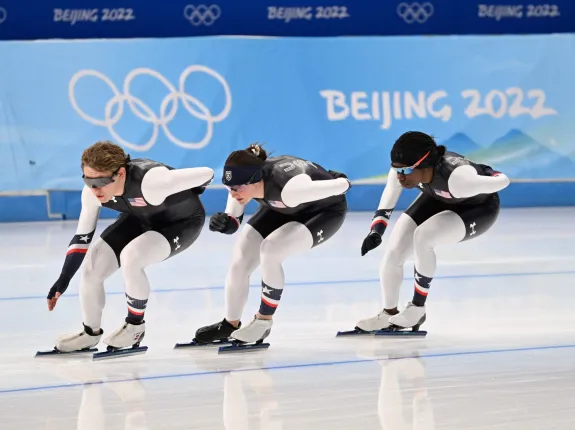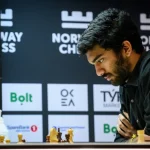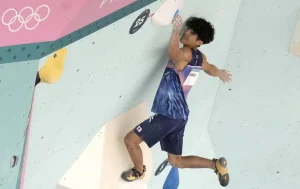Short track and speed skating are two sports on ice which look identical but are in fact very different.
Both these sports honour the fastest athletes on the ice in an elaborate fashion, but their routes to the highest step of the podium are poles apart.
There are many fundamental differences between short track and speed skating. The rules are different and so are the number of events in the Olympic cycle.
Differences between short track and speed skating
Let us deepdive into what makes short track and speed skating different and diverse.
Formats
In short track, athletes compete against each other over a series of rounds. In each leg, position counts, as the fastest finishers progress to the later rounds. Usually, four to six athletes compete in each race, with heats followed by quarter-finals, semi-finals and a final.
Strategy becomes key, particularly in the longer short track races, as athletes must decide whether to lead from the front to avoid the dangers of the pack, or stay behind and conserve energy.
In speed skating, athletes race against the clock in a time trial format. There are no heats, semis or finals, just a single round where competitors attempt to set the best time. Two athletes compete at the same time in a head-on encounter, but it doesn’t matter who finishes first – the only thing that matters are the times they set. Therefore, there is almost no strategy involved in speed skating. Once every skater has completed their run, the one with the fastest time is declared the winner.
However, there is one event where more than two athletes compete at the same time: the mass start.
The mass start sees 12 athletes compete in each semi-final, with 16 athletes in the final. Skaters complete 16 laps with the top-three earning points on the fourth, eighth and 12th laps (five points for first, three points for second and one point for third). They also earn points at the finish line (60 points for first, 40 for second and 20 for third). The first three athletes past the post will be declared the winner, runner-up and third-place finisher (in that order), with the points won in the split sprints used to determine the ranking of the rest of the field.

Short Track and Speed Skating are also different in other aspects such as:
Track
True to its name, short-track races are held on a shorter track than speed skating. The former measures 111.12m, while the latter track is 400m long – the exact same length as an Olympic athletics track.
Equipment
Short track athletes need rigid boots to negotiate their trajectory that is filled with short turns. For that reason, the material is much stiffer than those used in speed skating. Boots of speed skating athletes are more flexible as the courses feature longer straights and wider turns.
Blades
Blades for short track are smaller, averaging 30 to 45cm, while it is 40 to 55cm for speed skating which also feature a “clap” system and a hinge mechanism on the heel, which allows the blade to maintain contact with the ice when the leg is lifted.
Helmet
Athletes wear helmets in short track, as the risk of falling is much higher than in speed skating.
Differences in Olympic events
Short track will feature a total of nine events at the Milano Cortina Olympic Winter Games 2026 – four for men, four for women, and one mixed team event.
- Men: 500m, 1000m, 1500m, 5000m team relay
- Women: 500m, 1000m, 1500m, 3000m team relay
- Mixed team: 2000m relay
A total of 112 spots are up for grabs for athletes to qualify in short track speed skating at the Games.
The top two finishers/teams from each heat progress to the next round, culminating in the ‘A Final’, where skaters will compete for medals.
At Milano Cortina Winter Olympics 2026, speed skating will feature a total of 14 events – seven for men and seven for women.
- Men: 500m, 1000m, 1500m, 5000m, 10,000m, mass start and team pursuit
- Women: 500m, 1000m, 1500m, 3000m, 5000m, mass start and team pursuit
A total of 164 spots are available for athletes to qualify in speed skating at the Games.
Also Read: The Art of Playing Water Polo: Rules, Skills, And Strategy





























